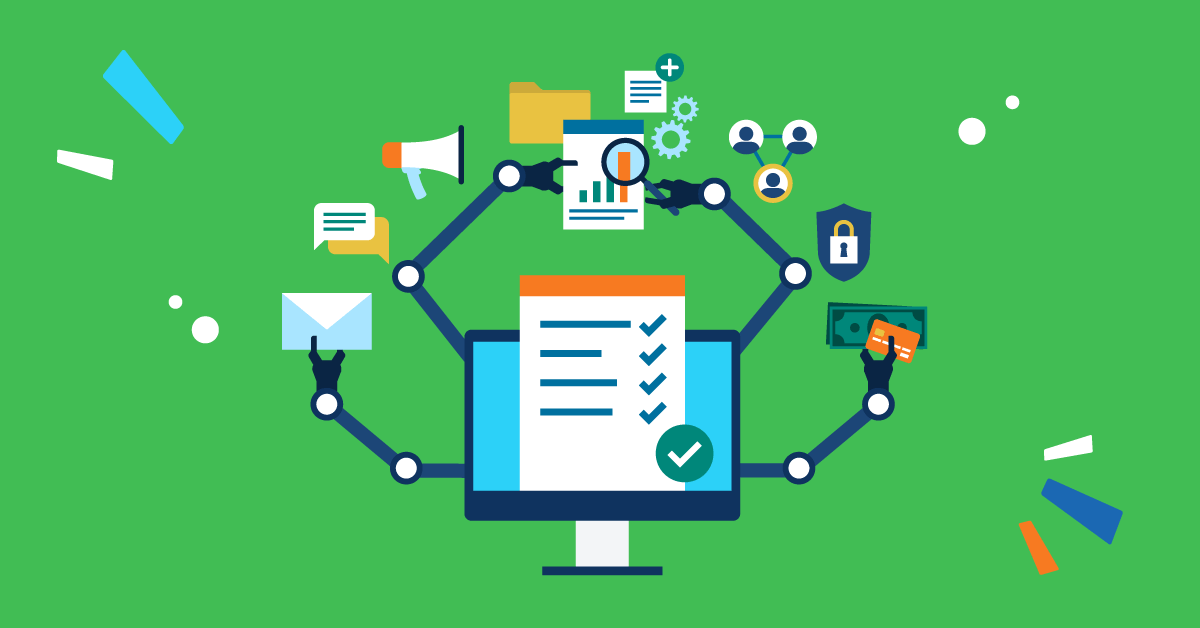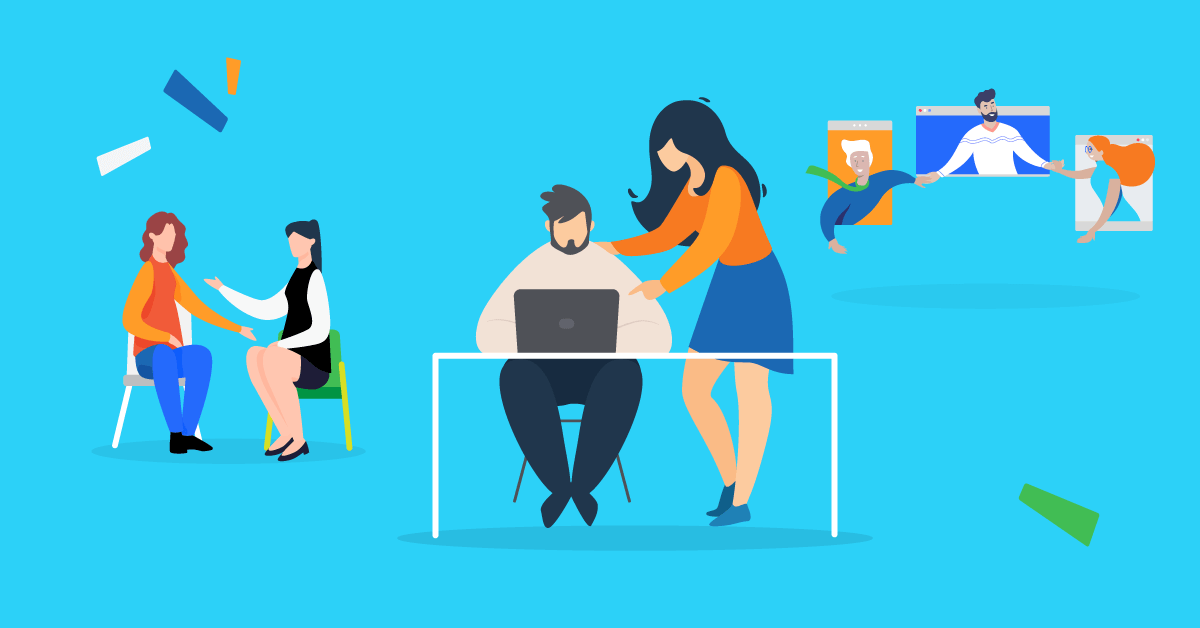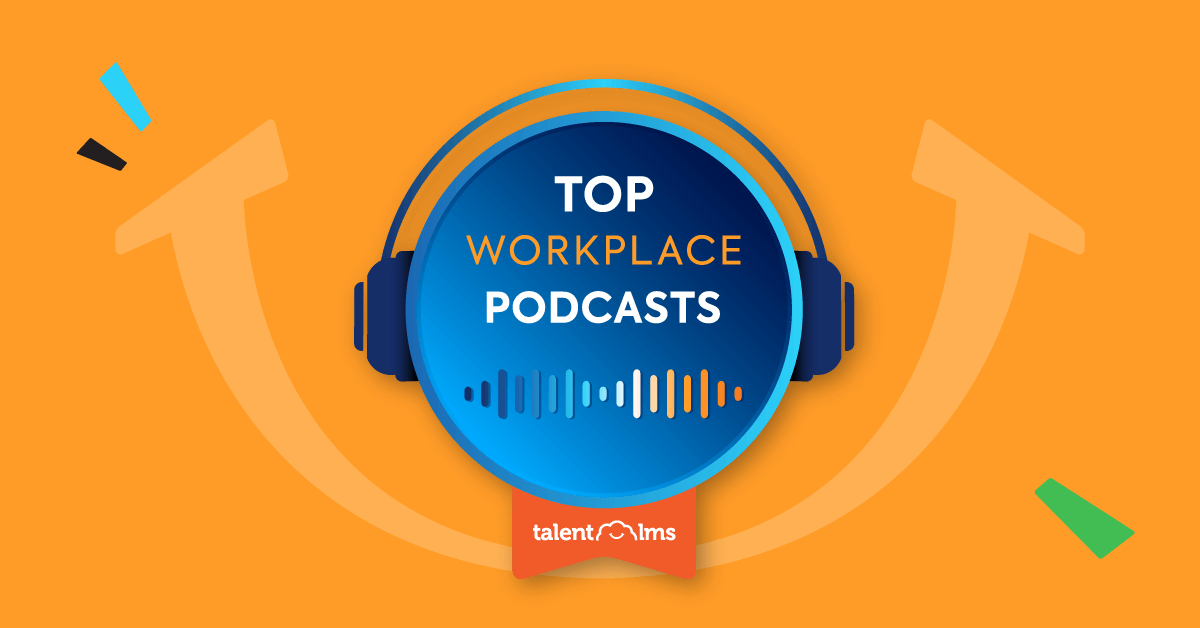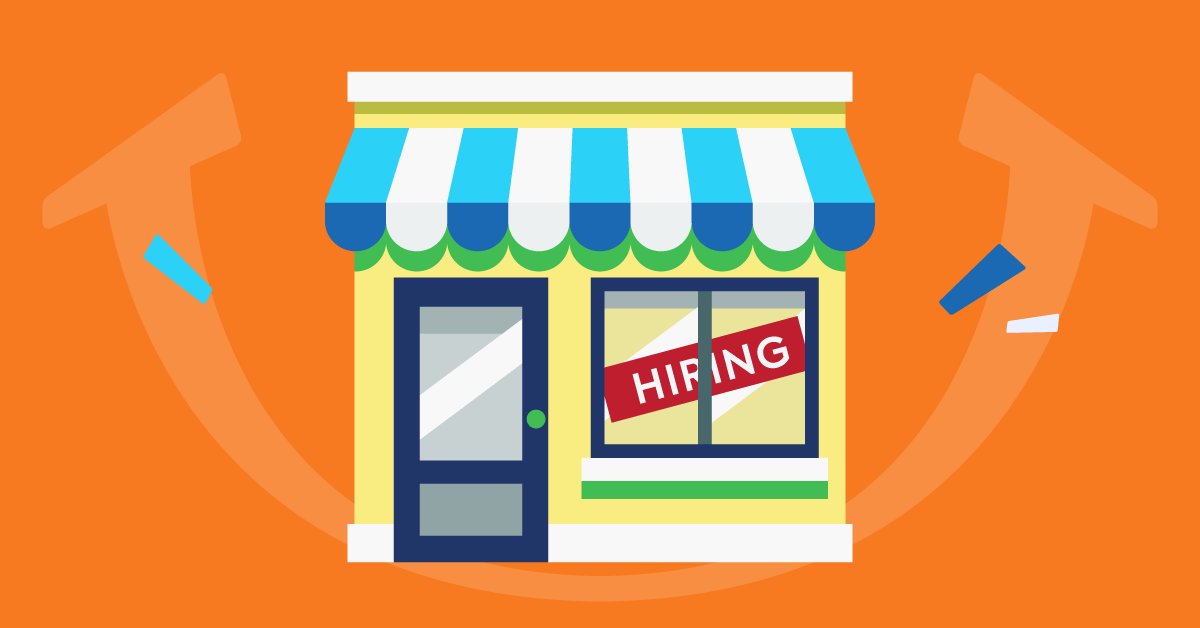With organizations using tools like ChatGPT across the workplace, you may be wondering whether it’s time to tap into the latest tech craze for your HR needs.
If you’re hesitant to be too far ahead of the curve, know that you may already be at the back of the pack. According to one study, most HR leaders surveyed (78%) said they’re already using AI in at least one aspect of their HR duties.
And it’s not hard to understand why.
With its many benefits and diverse uses, AI is a tool worth investing in.
Wondering what that looks like for your company? Let’s take a deep dive into the why and the how of AI in HR.

The benefits of AI in HR
Implementing AI into your HR processes will make your team more efficient and effective. Here are just a few positive outcomes it offers:
- Increased efficiency: AI can help automate time-consuming and repetitive tasks. This can free up HR professionals to focus on more strategic and value-added activities.
- Improved accuracy: Automating jobs like submitting payroll and administering benefits can help reduce human error.
- Enhanced employee experience: AI can create a more individualized and seamless experience. For example, it can provide employees with personalized onboarding materials, track their career development, or answer benefits-related queries.
- Reduced costs: AI can automate tasks that would otherwise require human intervention. This can free up HR budgets for other purposes, like training and development.
It is in your best interest to get your team up to speed on artificial intelligence essentials. But where exactly should you apply the tech for the best results?
7 ways to leverage AI-powered HR solutions
Here are seven ways to effectively use artificial intelligence in human resource management (plus bonus ideas for helping with non-HR tasks):
1. Recruitment and hiring
Use AI in HR recruitment to source, screen, and interview candidates. In today’s competitive hiring market, it can be hard to sift through mountains of applications to find top talent. It can be even tougher to recruit them before someone else does.
You can use AI to screen incoming applications for relevant skills and experience. That way, your team only sees the top candidates.
You can also use automated systems to reach out and set up interviews, cutting out the time-consuming back and forth of finding a time that works. You’ll narrow your search more quickly, giving you a better chance of recruiting your top picks first.
2. Onboarding
Once a new hire has accepted your offer, AI can keep the momentum going by automating a lot of the onboarding process.
Productivity is generally low as new employees get up to speed on their jobs. And as they sort through all the required training and paperwork.
Take advantage of tech by automating things like sending welcome emails, providing access to company resources, and scheduling training sessions.
Streamline and automate your HR processes
Discover the power of TalentLMS for effortless onboarding.
The training platform that users consistently rank #1.
3. Payroll
Make sure you pay employees on time (and accurately) by automating the payroll process.
Assign jobs like calculating wages, deducting taxes, and issuing paychecks to a system that eliminates the possibility of human error and sticks to schedules.
4. Benefits administration
Ensure a smooth employee experience by automating benefits admin. This can include enrolling employees in benefits plans, tracking benefit usage, and processing claims.
HR professionals work hard to offer their employees things like quality health insurance, wellness programs, or corporate perks and discounts. Keeping plans and data up to date ensures your employees can take full advantage of them.
5. Performance management
Help employees progress in their careers by automating performance management.
The process may include setting goals, tracking performance, and scheduling feedback sessions.
AI can help employees move forward by recording progress and triggering next steps. Using AI tools will also help your HR reps be more effective by providing them with an easy overview of individual progress at a glance.
6. Employee engagement
Use AI to find out how people feel about the company, its culture, and their workloads.
For instance, by conducting surveys and tracking employee sentiment. Then be sure you respond to the feedback by making improvements where necessary.
You can also automate notifications of employee accomplishments so leaders can offer praise and recognition.
7. Compliance
Use AI to keep your organization on track with regulatory changes, conduct audits, and manage employee training.
Automatically log which employees are current on compliance courses. Or set up alerts for announcements of new regulations so you can start implementing them right away.
Bonus: Using AI beyond HR processes
Generative AI can help with other daily tasks to cut down on busy work and further improve HR professionals’ lives.
For example, writing tasks may be taking up valuable time. Use a chat-based tool to draft company policies, EEO statements, or other documents faster. Or use AI image generation apps to create more engaging training presentations.
You can also use email automation tools to schedule and send emails to candidates more consistently. Or meeting scheduling apps to set up one-on-ones or interviews more quickly.
Yes, but is AI in HR ethical?
For all its benefits, there are some ethical concerns around using AI in sensitive fields like HR.
For instance, bias. AI systems are trained on data, and if the data is biased, so is the AI system.
You should also take privacy into consideration. AI systems can collect and store a lot of employee data, including personal info and performance data.
Some people also raise flags around accountability. If an AI system makes a mistake that harms an employee, it can be hard to know who to hold accountable.
To effectively and safely use AI in HR, you need to have clear privacy policies in place that protect sensitive data. If you’re using AI for HR decision-making, be sure you or your team review all the facts before moving forward. Also, implement policies that hold your company accountable for the actions of your AI systems.
Meet TalentLibrary™
A growing collection of ready-made courses that cover the soft skills
your teams need for success at work
![]()

What you can’t (or shouldn’t) automate
Ronald Ashri supports on “Preparing for the AI-workforce”, from TalentLMS’ podcast series, Keep it Simple, that these tools assertively advise you on the appropriate actions to take, yet their reliability is not consistently assured.
Because of the above concerns, there are times when you can’t, or shouldn’t, use AI for HR tasks. Some jobs require human judgment or discretion. These might include:
- Making hiring decisions. You can use AI to screen candidates and identify potential matches. But potential biases mean you shouldn’t use it to make final hiring decisions.
- Providing performance reviews. AI can’t always understand context, which is important for providing effective feedback.
- Making decisions about employee discipline or termination. Use AI to gather data and identify patterns, but not to make decisions about employee discipline or termination.
- All these duties need human understanding of behavior and culture and you should trust them only to employees.
The future of AI in HR
AI is a tool for HR professionals to use, not a replacement for them. Even if you’re not an early adopter, keeping up with the technologies and adjusting your work style will keep you current.
HR professionals and companies that want to be innovative and stay competitive should be open to new technologies. Research the latest tools and use those that make sense and make your role easier.




